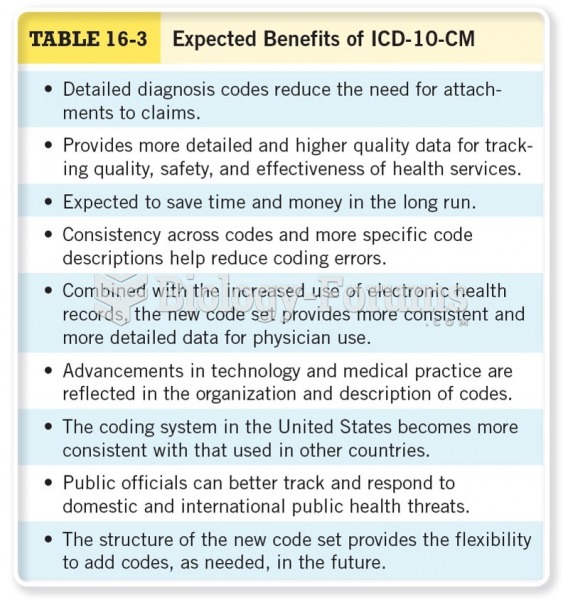|
|
|
Did you know?
There are approximately 3 million unintended pregnancies in the United States each year.
Did you know?
More than 30% of American adults, and about 12% of children utilize health care approaches that were developed outside of conventional medicine.
Did you know?
Medication errors are more common among seriously ill patients than with those with minor conditions.
Did you know?
Atropine, along with scopolamine and hyoscyamine, is found in the Datura stramonium plant, which gives hallucinogenic effects and is also known as locoweed.
Did you know?
Bacteria have flourished on the earth for over three billion years. They were the first life forms on the planet.







